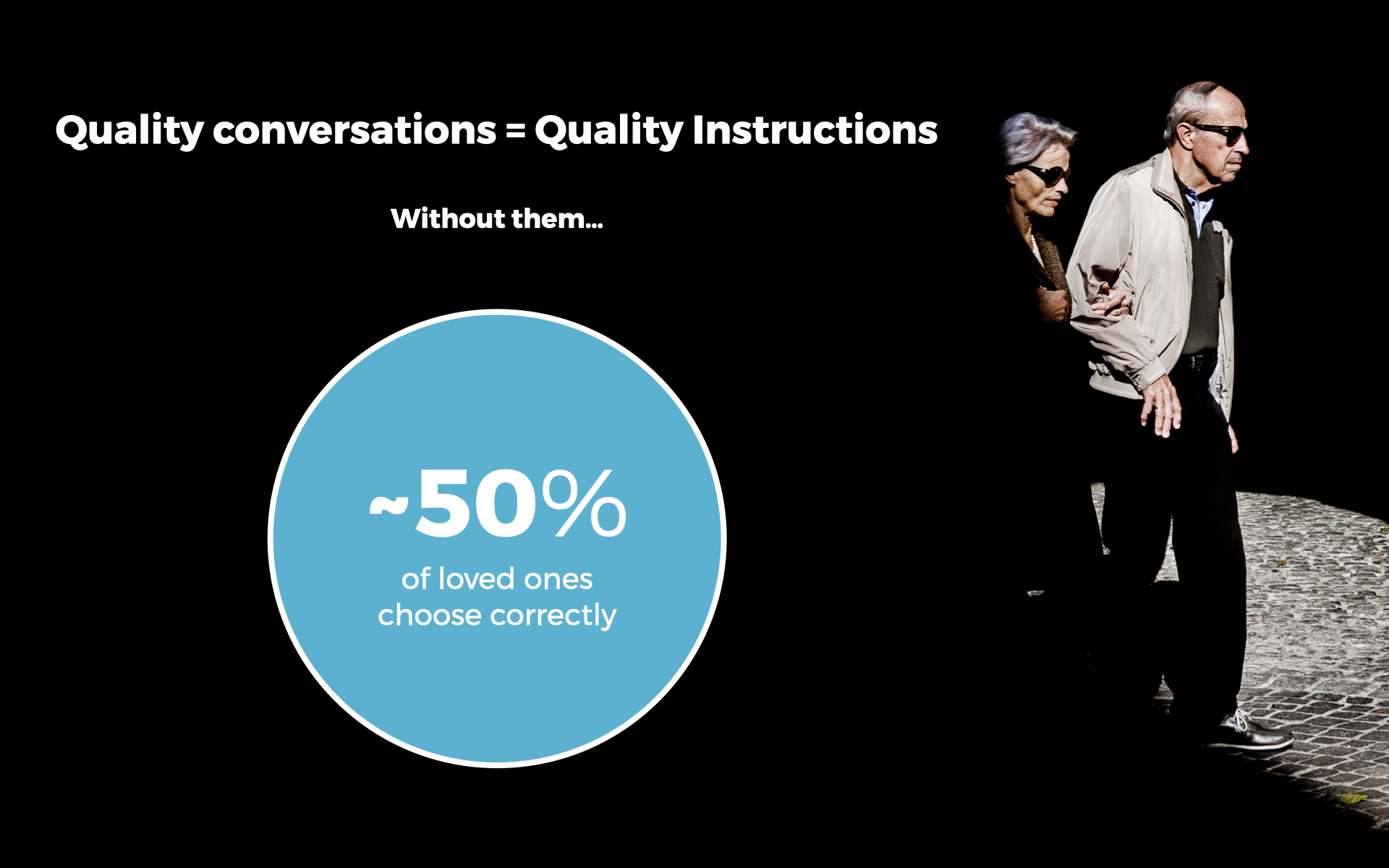Wealthy folks spend less money on healthcare.
There, it had to be said. Socioeconomic status often aligns with access to primary care and geographic access to well-funded hospitals. Primary care is critical to preventing or catching illnesses early, and is more effective and more affordable than intervening later, when things have clearly gotten out of hand. But “prevention is better than cure” applies to all stages of healthcare, including some that might come as a surprise.
Planning for your future healthcare, known as advance care planning, includes talking with loved ones and health care providers, appointing a medical power of attorney, legally documenting your choices, and (depending on state laws) notarizing forms.
The majority of lifetime healthcare costs are incurred during the last year of life and, perhaps unsurprisingly, people of means spend less than the rest of the population. This is because planning for future healthcare traditionally falls to estate planning attorneys. Those of us who don’t have an estate to plan rely on honest conversations with our loved ones. However, without clinical guidance and documented legal instructions, the likelihood that next-of-kin chooses healthcare preferences “correctly” is about 50%. In other words, the probability that I choose the kind of care that my mom would have chosen for herself is about as likely as flipping a coin. And if my brother disagrees with me, that could be months of family court battles and life support bills and ruined relationships.

Many Medicare beneficiaries live at or below the poverty line, and yet, they spend more of their income on healthcare than the wealthiest 1/3rd of beneficiaries. It’s well documented that the oldest and the poorest are the highest utilizers of healthcare – due, in no small part, to a lack of access to proactive healthcare planning.
And healthcare planning isn’t just about money – Engaging in these conversations early (before patients get sick), reduces family stress and actually increases the length and quality of patients’ lives. Study after study shows that proactive planning can even improve your likelihood of cancer remission! By assuming their patients will “figure it out on their own,” physicians are often unwittingly denying access to healthcare for some of their lower socioeconomic status patients.
Socioeconomic Status
Let’s level set real quick – what is socioeconomic status (SES)? Per the American Psychological Association, “Socioeconomic status is the social standing of an individual as measured as a combination of education, income and occupation.” Women and minorities are also more likely to be of lower socioeconomic status than men and white people. Diving into socioeconomic status often reveals inequities in access to resources and issues related to privilege, power and control. These inequities in access extend to end of life care.
So what does this mean?
Patients with lower SES are at a disadvantage due to doctors’ misperceptions of their desires, their need for information, and their inability to participate in the treatment process.
On a personal level, I’ve seen this happen time and time again. I’ve had someone tell me their father wasn’t offered certain treatment options because the physician assumed he couldn’t afford them. Similarly, I was (unsuccessfully) discouraged from speaking to a patient about planning for the end-of-life because “she’s a devout black Baptist lady, so she won’t want to discuss that” (spoiler: she did).
When healthcare providers make assumptions about a patients’ healthcare preferences, capabilities, or values, what they’re actually doing is imposing their own. These biases are dangerous, contributing to a historically-established cultural mistrust of healthcare providers and a mis-delivery of care. It should come as little surprise that ethnic minorities show lower rates of Advance Care Planning than average, by a factor of two in the case of African Americans. And the excessively legal language used in Advance Care Planning forms today represent a further major barrier, as these are often misunderstood by patients of lower SES.
Pandemic Effects
Sadly, the pandemic has greatly exacerbated existing socioeconomic disparities. In late 2020, low-wage jobs were lost eight times as often as high-paying jobs, leaving low-income families struggling to make ends meet. To make matters worse, caregivers (of older loved ones) are more likely than non-caregivers to have a history of financial and employment stress. This makes it more difficult for people of lower SES to access preventative care, puts caregivers at a higher risk for illness, and interferes with caregivers’ work and job trajectory.
While the pandemic has widened these disparities, it also holds incredible potential for increasing adoption of advance care planning. COVID-19 has brought previously alien terms like “ventilators” and “N-95s” to the forefront of everyone’s minds; people have been forced to think about their personal healthcare preferences and those of their loved ones. Because of this, health systems have seen increased demand for advance care planning from patients.
Although socioeconomic disparities remain a sizable obstacle, by sparking important conversations about healthcare planning, we can deliver care that people value and reduce family upheaval. And by delivering the treatments people want, we can also decrease the amount of resources lost to over treatment — something our health systems desperately need right now.
There is no simple solution to this problem and there is undoubtedly a long way to go, but by broadening access to ACP during this critical cultural shift, we can set the standard for years to come.
—
Written by:
Tatiana Fofanova, PhD and Stuti Upadhyay
